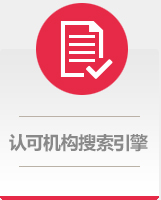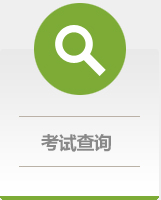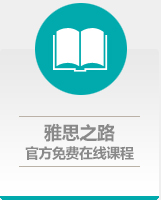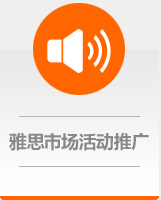|
Self-Assessment for Students
“Learning from Assessment” has become an international buzz-word recently, with most countries in Europe already committed to classroom-based assessment since the 1990s and a growing number of other countries promoting it through government-sponsored projects, including Canada, Japan and more recently China and Indonesia. Self-assessment is claimed to help students to develop learner autonomy or “the ability to take charge of one’s learning” (Holec, 1983). Research suggests that there may be a link between this ability to set and work towards goals, and successful language learning (Dornyei, 2002). How can we use self-assessment to help students to know their strengths and weaknesses as they work towards learning goals?
Assessment as Part of the Classroom Process
There are three different kinds of self-assessment tools which you may have encountered before.
Reflective writing: students write a piece in which they describe their own performance on a particular task and think back over what they did well and what they could have done better. Learning journals, in which students write regularly, are one kind of reflective writing. We can also ask students to do reflective writing as a follow-up to a particularly important task such as a presentation or essay. You can read more about Self-assessment through learning journals in the article by Chrysa Papalazarou “Writing is Thinking on Paper”
Portfolios: a portfolio is a collection of one student’s work which the student selects in such a way as to show their improvement over a period of time. This is commonly used as part of a writing class evaluation. Students may add a table of contents and a reflective introduction or conclusion saying how they improved and what their next goals are. There are many good articles about implementing portfolios in class. Zhenhui Rao of Jiangshi Normal University writes about “Helping Chinese university students develop learner autonomy through portfolios”, here
Can do lists or other kinds of checklist for self-assessment: these are lists with a sentence such as “I can use English to order dinner in a restaurant” or “I can tell a joke in English”. The content of the list should be related closely to the class. Students look at the list and give themselves a score (for example points out of 5, where 5/5 means “I can do it very well”). They can do this at the beginning of the course or at the beginning and end of each part of a course. It is a good idea to do this when there is an opportunity to actually demonstrate their skill for example a presentation session. Fergus O’Dwyer provides practical examples of lesson-plans incorporating can do lists in his article here:
Practices such as using portfolios, learning journals and can-do lists tend to bring students and teachers closer together. Many teachers feel driven by their school curriculum or by students’ ambition to do well in exams, but it is very worthwhile to devote some time to open up a dialogue with students to see how well they think they are doing. This can help us to make our teaching more responsive to their needs and trigger increased effort on their part.
Using Can-Do Lists for Classroom Self-Assessment: A Bit of Background
Can-do statements started to be widely used in Europe in the 1990s as part of the implementation of the European Language Portfolio. Can-do checklists can be adapted to be used with all levels of learners, for all kinds of skills or content, and can be used alongside reflective writing or portfolios. The start of the new school year or new semester is a very good time to ask students to take stock of what they know and what they need to know in order to move towards their goals.
A can-do statement is a sentence like “I can talk about the weather”. Students can be asked to rate themselves on various target topics or vocabulary using a Likert-type scale printed alongside each statement like this:
I can talk about the weather:
1
2
3
4
5
It can be helpful to make a can do list based on the outline for your semester and give it to students in the first or second class. The list can have a Likert-type scale to the right of it, with the numbers 1 to 5 from left to right. (This is assuming students write from left to right.)
There are many organisations which provide can do statements (also called can do checklists) around the world for teachers to use in class. One of the most useful is the ALTE (Association of European Language Teachers (2002) Can Do project.
More about the ALTE Can Do Project
You can find helpful statements of what students need to be able to do, in four areas, tourism and socializing, study and work. I suggest going straight to the thirds section of the document, pp 40 ff, as this part is detailed, easier to follow than the first two parts. Teachers of English for Academic Purposes will want to look at the can do statements for study, pp.85-98. Teachers of elementary and intermediate students will get some ideas for goals by looking at pp. 40 ff.
In the next article we will talk more about how to introduce can do statements in class and how to write your own can do list.
References:
Holec, H. (1983) Autonomy in Foreign Language Learning. Oxford. OUP
Dornyei, Z. (2002) “The motivational basis of L2 tasks”, in Robinson, P.(Ed.) Individual Differences and Instructed Language Learning. Amsterdam. John Benjamins, Retrieved from here
O’Dwyer, F. (2009) “Supplementing a task-based curriculum with the European Language Portfolio”, in The Language Teacher, Special Issue: Task-Based Learning Vol. 33.3
Retrievable from here
Submitted by Ellen Head, British Council language assessment consultant
|













